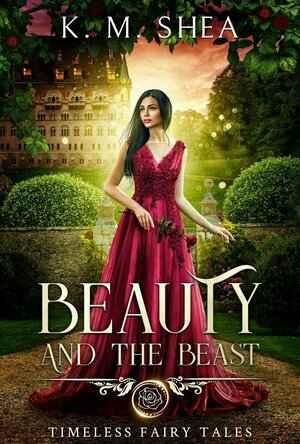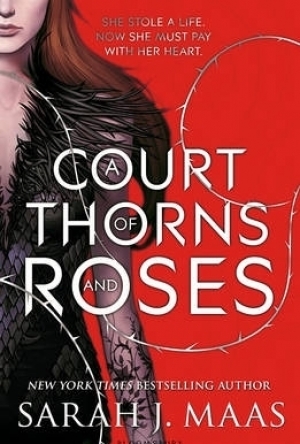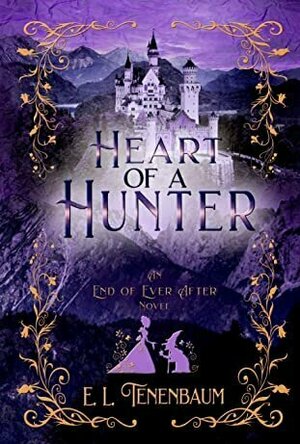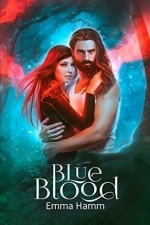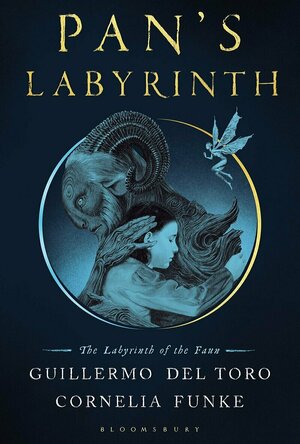Lyndsey Gollogly (2893 KP) rated Beauty and the Beast (Timeless Fairy Tales #1) in Books
Jan 9, 2021
Kindle
Beauty and the Beast ( Timeless Fairy Tales book1)
By K.M. Shea
Once read a review will be written via Smashbomb and link posted in comments
Once upon a time Elle made a mistake. A small miscalculation sends her through the roof of an enchanted chateau. Stranded until her broken leg mends, Elle is unwillingly forced to rely on the good will of the sour chateau owner —the cursed Prince Severin.
Prince Severin—the commanding general and staunch supporter of his brother the crown prince—is cursed to look like a beast until a maiden falls in love with him. He has given up all hope of shattering the curse, and has only disdain for Elle.
Unfortunately, the pair can’t seem to avoid each other thanks to the meddling of the chateau’s cursed servants. Eventually Elle’s playful manners and Severin’s hidden gentleness draw the pair together.
But not all love stories can end that easily. After all, Elle is not what she seems, and Severin’s life is placed in danger when hostilities flare between his brother and the monarchs of a neighboring country. When Elle risks everything to save Severin, will he be able to forgive her for her lies?
Think this is one of the best retellings I’ve read! It has just enough magic! I loved the way the household were
Interpreted they had such character. Definitely one of the more enjoyable books I’ve read in a while! K.M. Shea is becoming a fast favourite
Lyndsey Gollogly (2893 KP) rated A Court of Thorns and Roses in Books
Jun 25, 2019
Feyre is a young girl hunting for food to feed her family. She takes the life of a deer and a wolf one day to keep her family from starving. Little did she know it would be a fairie that she killed and not a wolf.
In a time where the peace between humans and fairies is very fragile this is not the best thing she could have done. She thinks she's safe till one night a high lord fey comes to claim the debt.
Tamlin takes feyre over the wall to live her life in the spring court where all is not as rosy as it seems!
She falls in love just as he sends her home to keep her safe from the threats he's faving. Only for her to fight her way back to him to tell him she is in love with him.
What she finds is him taken and the truth behind a curse raging through the land. Amarantha the queen under the mountains has Tamlin wanting him to become hers. Feyre is not about to lose him. She is subjected to 3 tasks to save her love.
I loved every second of this book It had a very beauty and the beast feel to it but a bit more kick from our female lead!!
Sarah j Maas creates a fascinating world with all types of fairy, and takes you on a whole new journey into their world!
⭐⭐⭐⭐
Recommended


Apple Tree - Hangman For Kids
Games and Education
App
Apple Tree, a Hangman-like word game for kids, can now be enjoyed on your iPhone or the iPod Touch! ...
Merissa (13583 KP) rated Heart of a Hunter (End of Ever After #5) in Books
May 18, 2020
One thing I love about E.L. Tenenbaum's stories is how they all interact with each other. This is most definitely Daimyon and Lyla's story but you hear about Azahr and Kiara, Alex and Ella, and others are mentioned in passing. How she manages to keep it all straight, I'll never know but I admire it nevertheless.
The story itself was a brilliant one. I loved reading about Daimyon and his father. I was upset when the queen found out about Daimyon's betrayal and what she did next. I enjoyed reading about what he did for the next few years and the gifts he left. All in all, this was a great read that I thought finished off the series perfectly.
The only problem I have found with this book is I now have the incredible urge to re-read them all - starting from End of Ever After. I thoroughly enjoyed this instalment and have no hesitation in recommending it but PLEASE read it from the beginning. You will miss out on loads of fantastic fantasy if you don't.
* A copy of this book was provided to me with no requirements for a review. I voluntarily read this book, and the comments here are my honest opinion. *
Merissa
Archaeolibrarian - I Dig Good Books!

Billionaire Capitalist Tycoon
Games and Entertainment
App
Make money in the most awesome way possible- raking in billions at a time! Welcome to the world of...
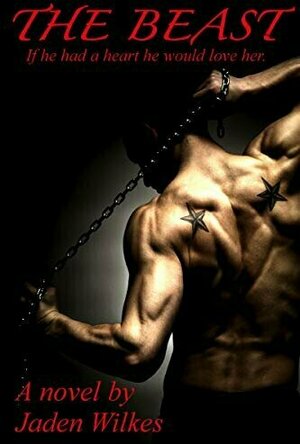
The Beast (The Beast, #1)
Book
Dimitri Sokolov is a man scarred, physically and emotionally. From the rough streets of Moscow to...
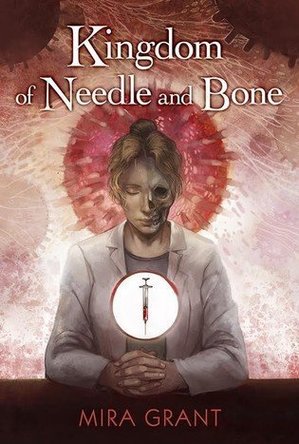
Kingdom of Needle and Bone
Book
We live in an age of wonders. Modern medicine has conquered or contained many of the diseases...
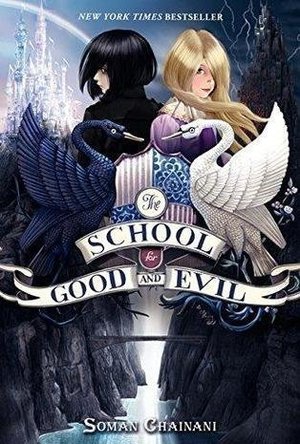
The School Of Good And Evil
Book
The first kidnappings happened two hundred years before. Some years it was two boys taken, some...
ClareR (6037 KP) rated Pan's Labyrinth: The Labyrinth of the Faun in Books
Nov 9, 2021
This book perfectly illustrates the cruelty and despair of the fascist regime under Franco. Ofelia tries to escape real life in her books, but this becomes increasingly difficult for her as her mother becomes more and more ill during her pregnancy. The brutality of her stepfather and his terrible methods of control is seen in the surrounding area and his own home: the lack of care for his wife, the plans to kill the anti-fascist fighters in the woods, and his methods of torture.
Ofelia escapes in to her imagination - or is Pan real? I loved this aspect and the tasks she was given to complete. I really enjoyed how the folktales were interwoven and alternated with real life (which had the harsher conclusions? Fairy tales don’t always have a happy ending), and gave an explanation to the origin of the Labyrinth.
The illustrations were beautiful too, and put faces to the characters - after all, it’s a long time since I saw the film. But this book stands so well on it’s own, and dare I say that you don’t need to have seen the film? Well, no, because I really enjoyed the film! So, read the book, and watch the film - you won’t regret it!
